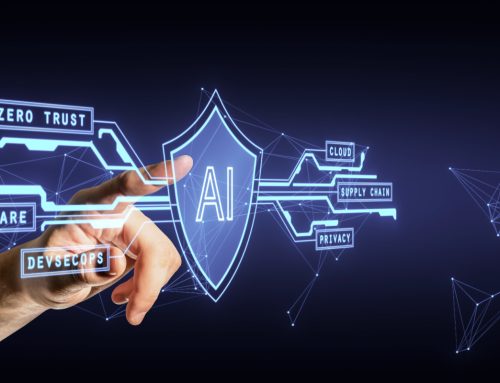It’s safe to say that IT infrastructure has undergone a revolution over the past 10 years, due in large part to demands made by businesses for more advanced and agile solutions.
But what are the exact trends shaping IT infrastructure today? And how will they adapt and evolve over the coming years to meet even greater digital transformation demands?
Flash Storage
In recent years, the cost of flash storage has plummeted while capacity continues to increase. As a result, its become a pivotal part of many organisation’s IT infrastructure. Some worry about flash “wear,” which can cause drives to fail, but its still extremely durable and dependable.
Software-defined functionality
Customised hardware is expensive business, especially when the hardware performing a task can be replaced by a commodity CPU with software. Enter software-defined functionality, which allows far greater flexibility in configuration while also helping to reduce overall costs.
Hardware commoditisation
Instead of building custom hardware and spending time on engineering, resource-specific silos – storage and networking – are increasingly turning to off-the-shelf servers and components to power their solutions. Because existing hardware is standards-based, its easy to swap out components as necessary.
Hypervisor commoditisation and the emergence of containers
Feature-rich hypervisors have led to a situation where the hypervisor can be considered a commodity for many companies. Meanwhile containers are now an alternate abstraction technology that enables applications to be developed, tested and deployed quickly.
The (hyper)converged revolution of compute and storage
Hyperconverged infrastructure, which collapses storage and compute into a single unit of infrastructure, enables organisations to easily manage and scale their datacentre environments. Some of the many benefits include simplified datacentre administration, decreased costs and increased end-user satisfaction.
Modern application architectures
Modern application architectures are not only dictating the future of enterprise IT needs but also the direction teams should take. In the short term, it’s about trying to strike the right balance between catering to traditional IT applications and next-generation applications.
Security evolution
As cyber criminals become increasingly savvy and malicious, businesses must put in place multi-layer defence strategies including advanced technology deployments. One approach is microsegmentation, which enables granular control and management of all traffic into and out of individual or groups of virtual machines.
Adoption of multi-cloud environments
Going from zero to a well-crafted multi-cloud environment is no mean feat given the innumerable configuration options at your disposal. However, the reasons to pursue a multi-cloud architecture are incredibly compelling – address multiple use cases, avoid lock-in, and optimise between cost and SLAs, while fostering greater agility.





